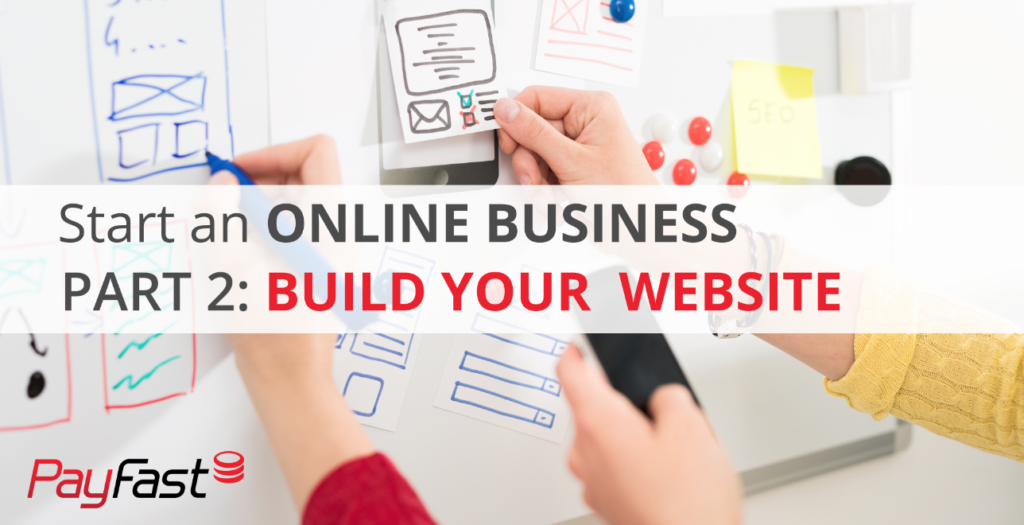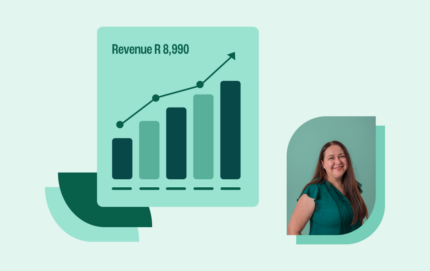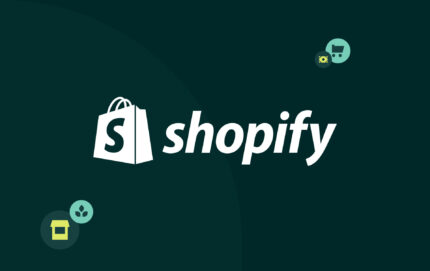In Part 1 of this series, we gave you some things to consider before you start your online business. In Part 2, it’s time to get down to the nitty-gritty of actually setting up your store. Believe it or not, setting it up is actually the quick part.
“Ecommerce, in general, has come a long way since it began and markets such as the USA and UK have done most of the hard work in terms of making platforms more user-friendly and accessible, so we’re simply reaping the benefits and being able to enjoy simpler system integrations.” Jenn Hattingh, uAfrica
Shopping Carts
You absolutely do not have to build anything from scratch. It’s 2018 and shopping cart platforms can now do almost anything you want them to (without the need of a developer). Different platforms offer a multitude of tools and functionalities.
Most platforms offer a free plan or trial. Sign up to a few and test them out and see what works for you. Here are some suggestions:
- WooCommerce – a free wordpress.org plugin that allows shopping cart functionalities. Powers over 28% of all online stores worldwide.
- uAfrica/ Shopify – uAfrica are resellers for Shopify in SA and offer some really great ecommerce solutions to use in conjunction with your Shopify store like multichannel selling and uAfrica shipping.
- Prestashop – a simple and easy to use free online store builder.
- Shopstar – our very own South African online store builder (which means a local support team!)
- Magento – this is a good solution for those with some technical ability.
- Ecwid – Ecwid integrates into Facebook so you can sell to your followers
These are just 6, there are lots more out there so go forth, choose a platform and test it out.
Developer?
If you have the budget, you may want to use a developer to build your store. Job Thomas, a WooCommerce developer, says “make sure your developer educates you.” It’s no good to have your store built for you and then you can’t handle it yourself. Make sure your developer hands over your store with you being able to work all aspects of it.
Adding Products
Your store is online so your customers aren’t able to interact with your products in a physical space. It’s essential to have high quality images of your products because your images are ultimately your sales pitch.
It’s good to also provide detailed descriptions of your products. As Ian Muller from Prestashop states “try and build as much info as possible about your products into the product pages. Not only will this avoid customers contacting you, it will also help with search engine rankings”.
Start small, you don’t need to add 20 products in one go. Have a few well-documented items and see how your customers respond. As you grow so too will your product base.
Payment Gateways
Once you’ve built your store, you need a payment gateway to start accepting payments. It’s true, online shopping is still something many South Africans are wary about. It’s best to educate your customers that their details are safe and the payment gateway you’re using is totally secure such as PayFast a leading South African payment gateway.
Here are some things to look for when choosing a payment gateway:
- PCI DSS Level 1 Service Provider (what is this you ask? Read this PCI DSS article to get educated).
- Credit card payments so you can receive payments from international customers.
- 3D Secure on all card payments.
- Multiple payment methods – the more payment methods on offer the more customers you can access. Remember, not everyone (especially in South Africa) has a credit card.
- Stellar support. Sometimes things go wrong and it’s helpful to have a (real) person to contact to help you or your customers.
There are so many options and ways for people to pay you online in 2018 so it’s best to have payment options to suit both your local and international clients.
Ecommerce Heavies
We spoke to some ecommerce heavies who are making waves with their ecommerce stores about what they love about ecommerce and what advice they would give to anyone starting out.
Warrick Kernes, co-founder and MD – Action Gear
“What I enjoy most from running an ecommerce store is working with our customers. We sell really cool stuff to really cool people. So working with excited customers who are going to be using our products in an exciting way has been really rewarding”
Action Gear sell the latest outdoor tech gadgets like drones, action cameras, sport watches and more. They won 1st place for customer service at the ecommerce awards in 2016. It just goes to show if you’re passionate about your product your customers will be too. Warrick is also the founder of the Insaka eCommerce Academy.
Phaedon Gourtsoyannis, founder – Cape Coffee Beans
“When you’re launching a new online store, the style and position of your buy button doesn’t matter much when you’re not getting much traffic. I think if I could do it all again, I would probably get up and running much more quickly. Nevertheless, I learned a lot in that first year and enjoyed the experience.”
Cape Coffee Beans is the go-to online store for coffee addicts. Phaedon learnt the importance of marketing and brand awareness early on and not putting in the time to market your store can make or break your business. In Part 3 of this series we’ll talk all things marketing.
Mario Toscano, founder – Unbreakable Man
“I wish I’d known how much work it is. I hardly ever get to bed before midnight during the week, and very often I work until 2/3am. An online store is never perfect – there’s always something to do. The work is intense, but the rewards are definitely worth it.”
If there is one man who has ecommerce down it’s Mario. He’s put in the time and effort to grow his store and reap the rewards. The reward being that Unbreakable Man is now the biggest Tungsten ring supplier in South Africa, with over 80 stockists all over the country. He has also just launched another online store in the UK, and opened up a physical store too.
If you’re feeling overwhelmed by all this information that’s ok. Take a break, go and test some shopping carts, join a meetup and then come back for Part 3 where we will get into some digital marketing tactics to get traffic to your store.
To stay up to date with the latest PayFast news and updates, visit our website and follow us on Instagram, Twitter, LinkedIn or Facebook.




